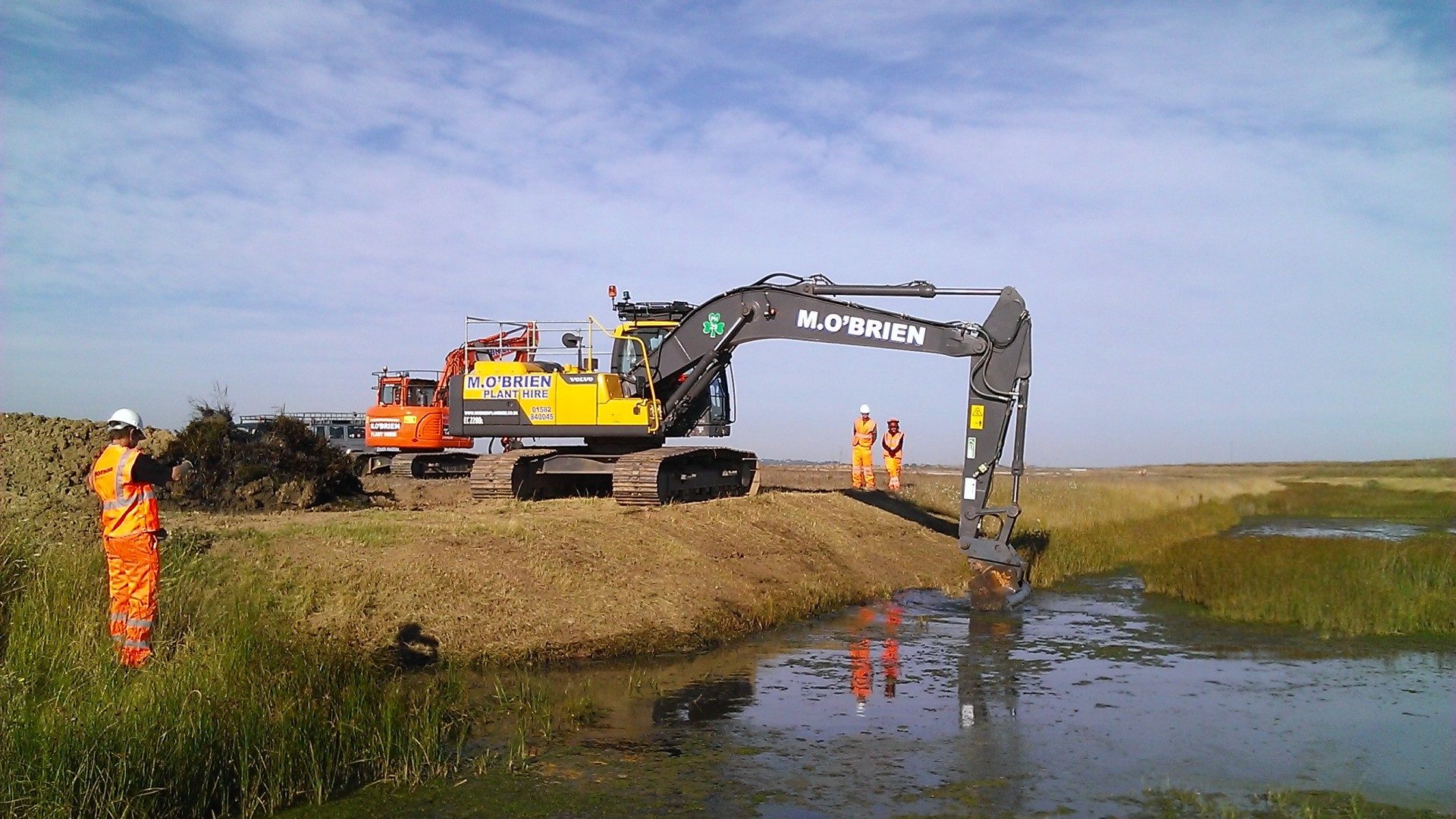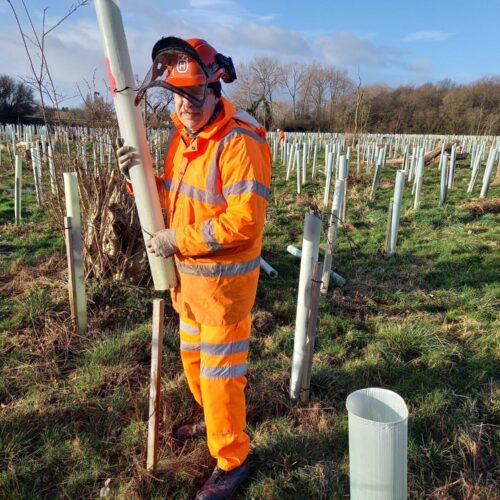World Endangered Species Day on the 17 May, occurs on the third Friday of May each year to raise awareness of species listed as endangered on the IUCN Red List of Threatened Species. We’ve highlighted some of the key species our clients’ encounter, and how we help them to stay within the law, to ensure continued species protection.
As environmental consultants, we understand the importance of the development that our clients are looking to achieve. Nobody wants to run into unexpected fines or even prosecution, and like an England versus Germany football match, no one wants this to go to penalties.
Here we provide guidance through some legislative examples and their consequences, to help our clients avoid committing a crime and protect UK wildlife from unnecessary disturbances or even harm.
Nesting birds
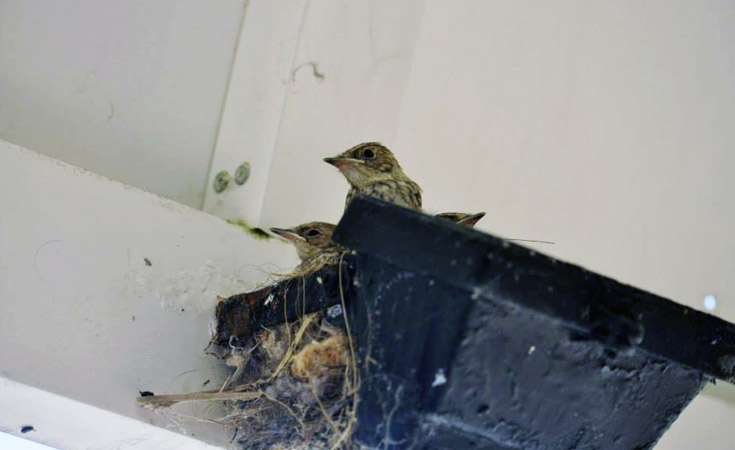
In the UK, all birds, their nests and their eggs are protected, by law, under schedule 5 of the Wildlife and Countryside Act 1981 (as amended). For developers, this means if there are any active nests on site, you cannot disturb the nests. Otherwise you risk legal action.
In July 2018, a supermarket in the UK was reported to have damaged a swallow’s nest whilst cleaning the outside of the building. This resulted in the opening of an investigation by police. The penalty for disturbing or destroying one bird or nest can be an unlimited fine and up to six months in prison, or both.
At Thomson, we can provide advice on minimising the risk of disturbing a nest, whilst progressing with a project.
Bats
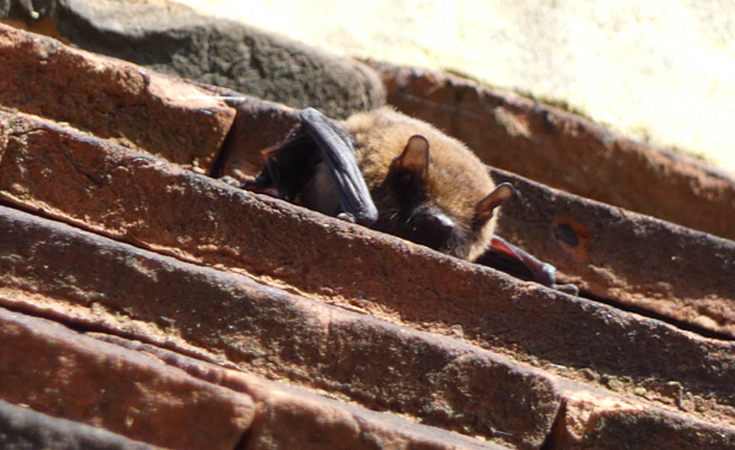
Bats can often present challenges on development sites. As a protected species, all bats and their roosts are protected from disturbance and damage, the breach of which can result in hefty penalties.
A fine of up to £5,000 per bat and up to six months in prison can be implemented. On numerous occasions, developers and individuals who did not follow legislation or advice have ended up disturbing or destroying bats. An example of this was seen in the news when a property developer was fined over £10,000 for destroying a bat roost after not following advice and obtaining a license.
At Thomson, we provide our clients with guidance and appropriate mitigation measures, to ensure that bats and their roosts are protected, whilst planned works are undertaken.
Great crested newt
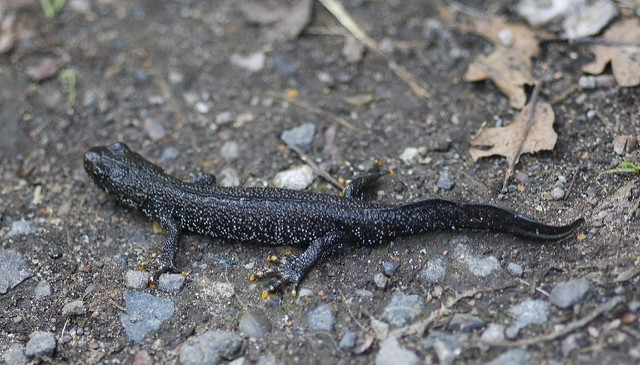
As a European protected species, great crested newt, their eggs and their habitats are protected by law. The UK is a ‘hot spot’ in Europe for great crested newt and this requires developers to be extremely cautious.
In 2018, a company moved waste onto land which provided habitat for great crested newt. As a result, the company was fined £50,000. When it comes to great crested newt, the penalty can be an unlimited fine, and in the past this has gone over £50,000.
Otters

The UK has a history of hunting otters, however, as the only native otter species in the UK, the Eurasian otter is now protected under UK and EU legislation. It is an offence to deliberately, or through lack of care, capture, injure or kill them; or to damage, destroy, disturb or obstruct their resting and breeding place. Any of these offences can result in an unlimited fine and up to six months in prison.
Particular consideration should be made if your development is near a watercourse, or if there may be impacts which can affect nearby watercourses, such as run-off or noise disturbance. At Thomson, we can provide guidance and advice, alongside mitigation measures to prevent any harm to otters and their habitat, thereby preventing clients facing any large penalties.
Hazel dormouse
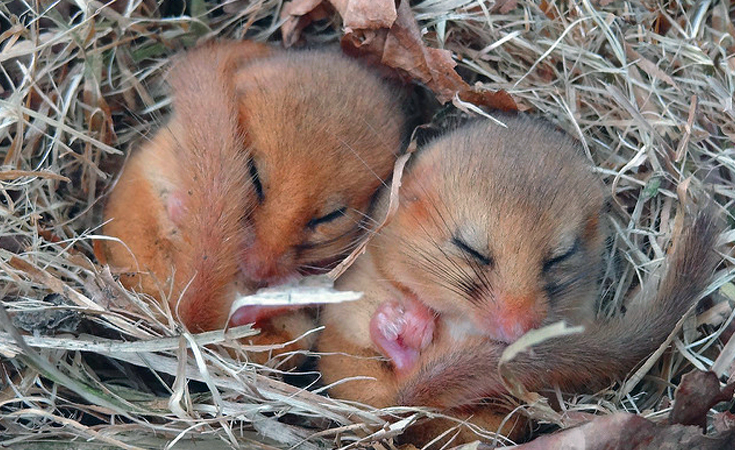
Hazel Dormice are protected by UK and the EU legislation and are one of the UK’s most endangered mammals. It is an offence to deliberately capture, injure or kill them or to damage, destroy, disturb or obstruct their resting place. This can mean anything from light disturbance to removing hedgerows, to physically handling a dormouse, and can result in an unlimited fine and up to six months in prison.
The hazel dormouse population in the UK is thought to have reduced by a third since 2000. This reduction can be put down to the loss of woodland and hedgerows. Therefore, before you start a new development project, consider talking to us at Thomson about hazel dormouse. Our specialists can advise you on licensing requirements, plus mitigation measures to undertaken on your site.
Take our advice
Raising awareness of wildlife crime occurring is important – particularly today – feigning ignorance is not taken as an excuse.
At Thomson we ensure that our clients are aware of the impacts their development may have, the relevant legislation and how to avoid damaging the environment – therefore avoiding those hefty penalties. So why take the risk?
